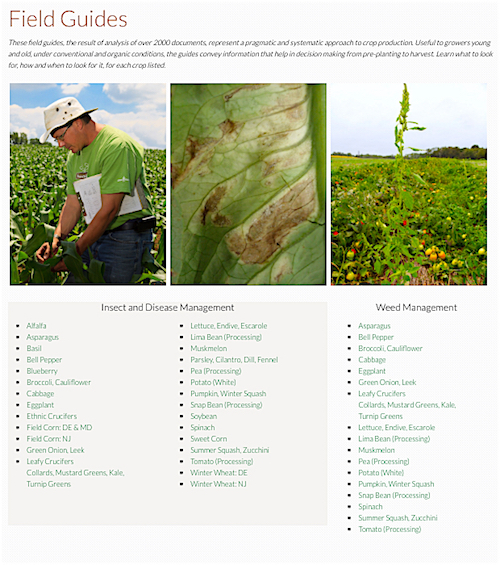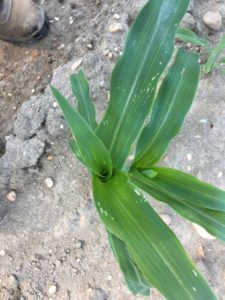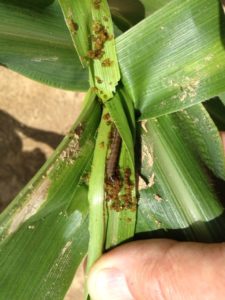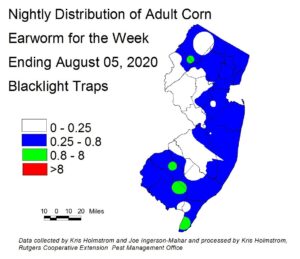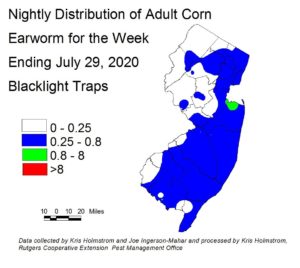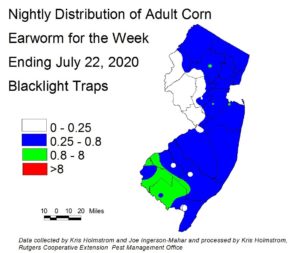Continuing a 50-year tradition, Penn State’s Ag Progress Days, brought to you by their College of Agricultural Sciences, is a one-stop shop this week, August 9-12, 2020, for the latest research, management practices, and regulations in agriculture.
This year, Penn State Extension educators and faculty have come together to provide a FREE virtual learning program filled with the latest in Ag research and best practices. This event is being offered at no charge to participants, but registration is required to receive the link to access a webinar. Even if you missed a day or a session, all registrants will receive access to the webinar recordings.
Online registrants can choose from more than 46 live webinars and get questions answered by the experts. Just check out the the live webinar schedule and register online. [Read more…]
 Articles in this section contain information helpful to the NJ commercial organic grower.
Articles in this section contain information helpful to the NJ commercial organic grower.